The Ultimate Guide To Cucumber Companion Planting
The Ultimate Guide to Cucumber Companion Planting
Cucumbers are a delicious and versatile vegetable that can be enjoyed in a variety of ways. They are also relatively easy to grow, but there are a few things you can do to improve your chances of success. One of those things is to plant companion plants with your cucumbers.
Companion planting is a gardening technique that involves planting certain plants together in order to benefit each other. Some plants can help to attract beneficial insects, deter pests, or improve the soil quality. When you plant companion plants with your cucumbers, you can improve their growth and productivity.
In this blog post, we will discuss the best companion plants for cucumbers. We will also talk about some plants that you should avoid planting near cucumbers. By the end of this post, you will have a good understanding of how to use companion planting to improve your cucumber harvest.
What are Companion Plants?
Companion plants are plants that benefit each other when they are planted together. There are many different types of companion plants, and each type has its own unique benefits. Some companion plants attract beneficial insects, while others deter pests. Some companion plants improve the soil quality, while others help to improve the flavor of the vegetables.
There are a few different ways to choose companion plants. You can do some research to learn about the specific benefits of different plants. You can also talk to other gardeners to get their recommendations. Or, you can simply experiment and see what works best in your garden.
Best Companion Plants for Cucumbers
There are many different plants that can be companion plants for cucumbers. Some of the best include:
- Beans: Beans are nitrogen-fixing plants, which means they add nitrogen to the soil. This can help to improve the growth of your cucumbers.

- Carrots: Carrots do not compete with cucumbers for space, and they can help to repel pests.

- Dill: Dill attracts beneficial insects, such as ladybugs and lacewings. These insects can help to control pests that can damage cucumbers.

- Marigolds: Marigolds also attract beneficial insects, and they can help to repel pests such as aphids and whiteflies.
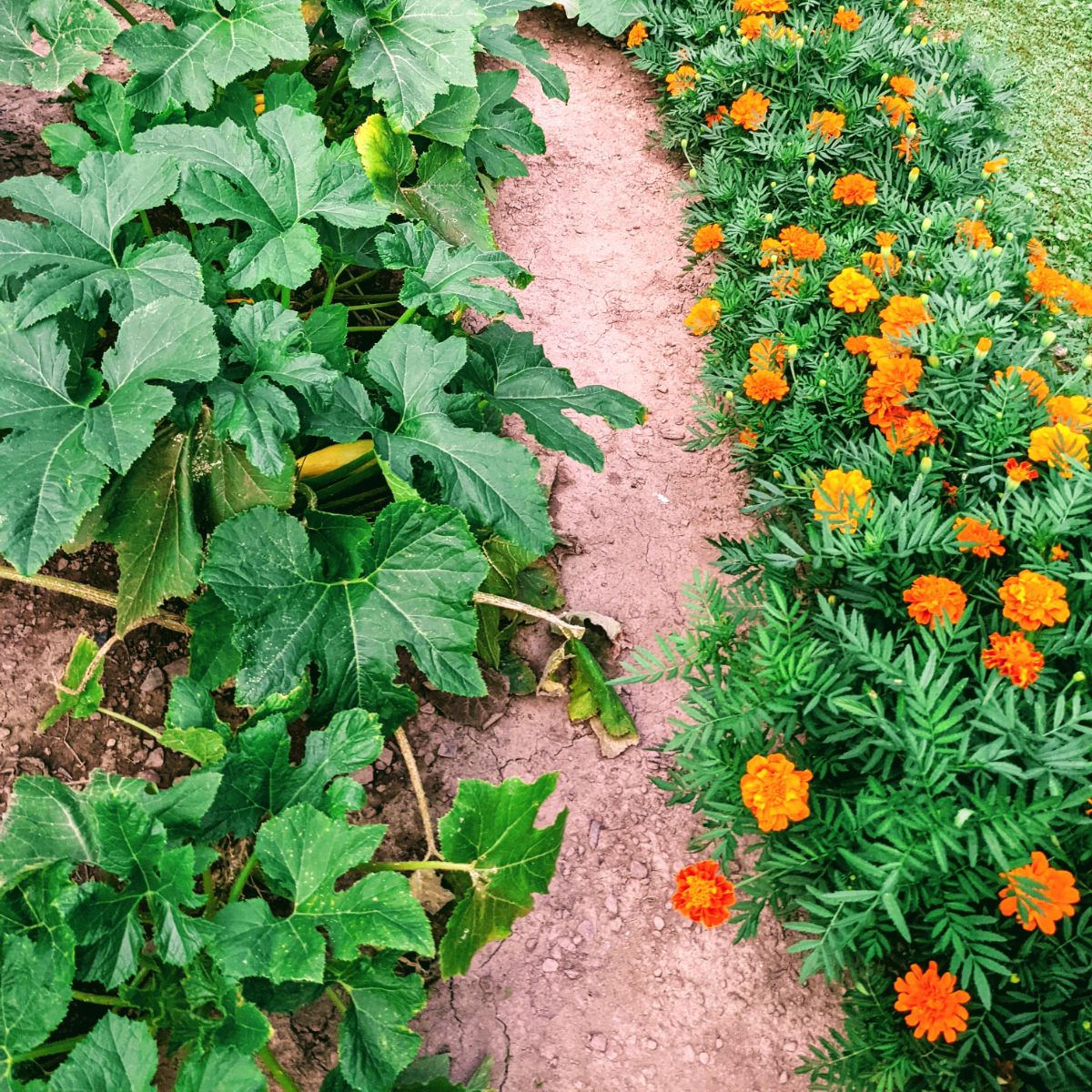
- Nasturtiums: Nasturtiums attract beneficial insects, and they can also help to deter pests. They can also help to improve the flavor of cucumbers.

- Onions: Onions have a strong smell that can help to repel pests. They can also help to improve the flavor of cucumbers.
- Peas: Peas are nitrogen-fixing plants, and they can help to improve the growth of your cucumbers.

- Potatoes: Potatoes can help to repel cucumber beetles.


Plants to Avoid Planting Near Cucumbers
There are a few plants that you should avoid planting near cucumbers. These include:
- Melon: Melons and cucumbers are both members of the cucurbit family, and they can cross-pollinate. This can result in cucumbers that have a poor flavor.
- Potatoes: Potatoes and cucumbers are both susceptible to the same pests and diseases. Planting them together can increase the risk of both plants becoming infected.
- Sage: Sage can inhibit the growth of cucumbers.
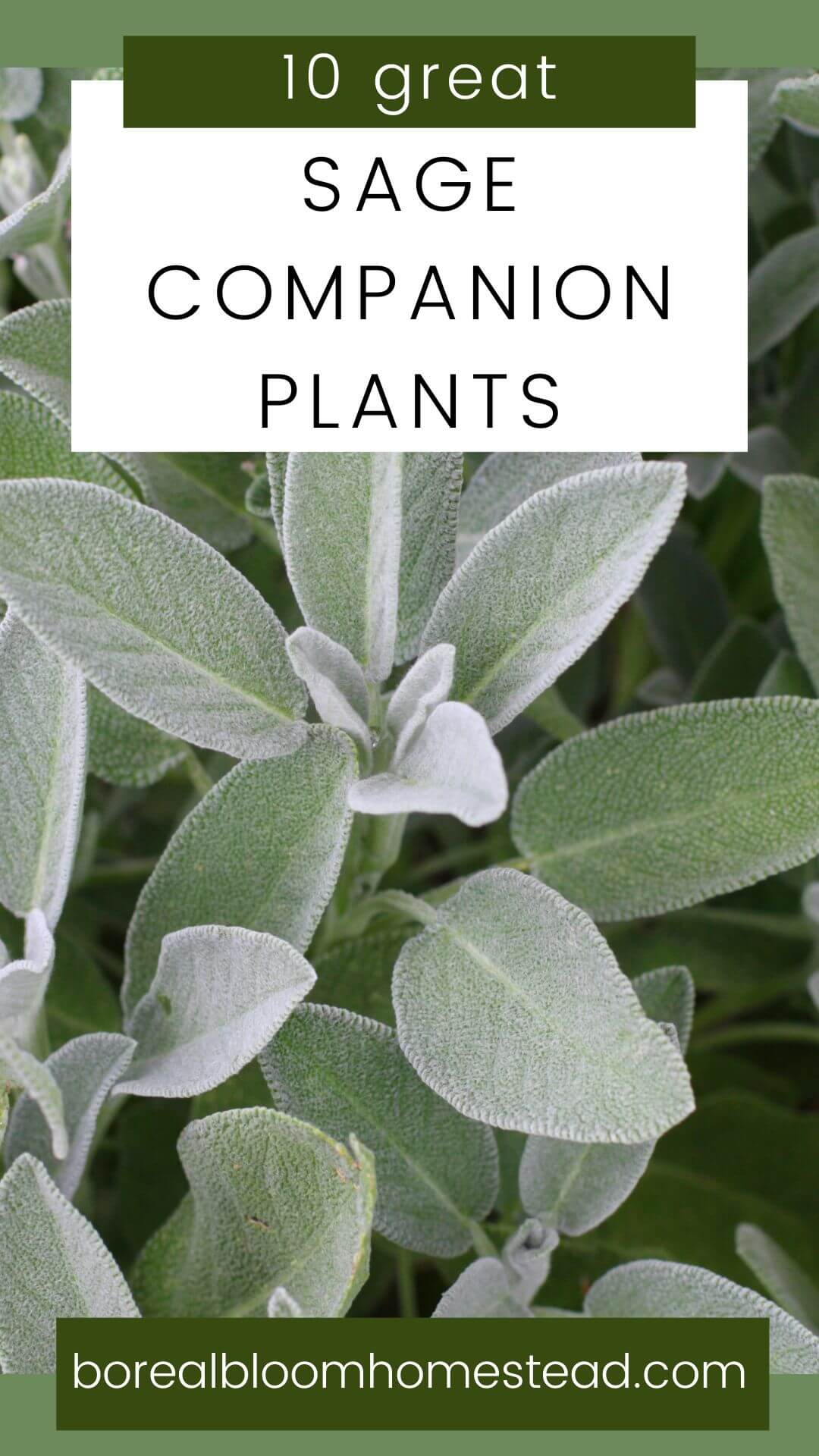
Conclusion
Companion planting is a great way to improve the growth and productivity of your cucumber plants. By planting the right companion plants, you can attract beneficial insects, deter pests, and improve the soil quality. This will help your cucumbers to grow healthy and strong, and you will be rewarded with a bountiful harvest.
Cucumbers are a delicious and versatile vegetable that can be enjoyed in many different ways. But did you know that there are certain plants that can help to improve the growth and health of your cucumber plants?
Companion planting is a gardening technique that involves planting certain plants together to benefit each other. For cucumbers, some of the best companion plants include:
- Legumes: Peas, beans, and lentils all help to improve the nitrogen levels in the soil, which is beneficial for cucumbers.
- Root vegetables: Carrots, beets, and radishes do not compete with cucumbers for space, and they can also help to deter pests.
- Flowers: Marigolds and nasturtiums help to repel pests, and they can also attract pollinators.
For more information about cucumber companion plants, I recommend visiting Gardenia Inspiration. This website has a comprehensive list of companion plants for cucumbers, as well as tips for how to use this gardening technique to improve your harvest.
FAQ of cucumber companion plants
Q: What are some good companion plants for cucumbers?
A: Some good companion plants for cucumbers include:
- Dill: Dill helps to repel cucumber beetles, which are a common pest of cucumbers. It also helps to attract pollinators, which will help to improve the pollination of your cucumbers.
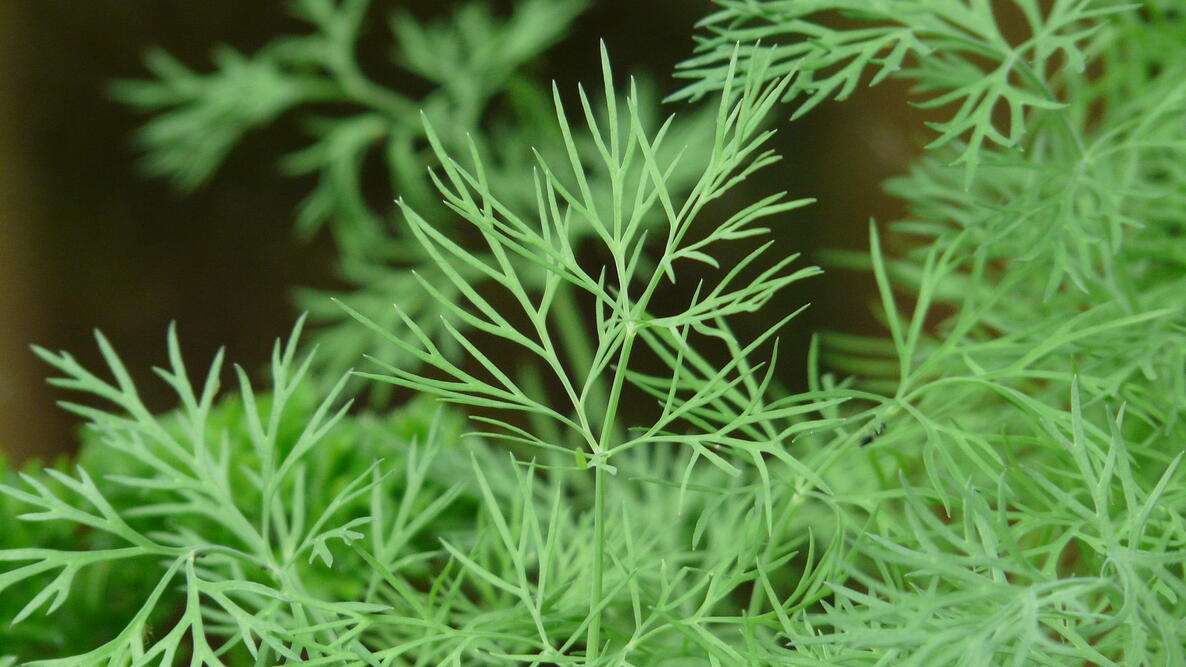
- Legumes: Legumes, such as beans and peas, help to fix nitrogen in the soil, which can benefit cucumbers. They also help to suppress weeds, which can help to reduce competition for water and nutrients.

- Marigolds: Marigolds help to repel nematodes, which are a soil-dwelling pest that can damage cucumber roots. They also help to attract pollinators.
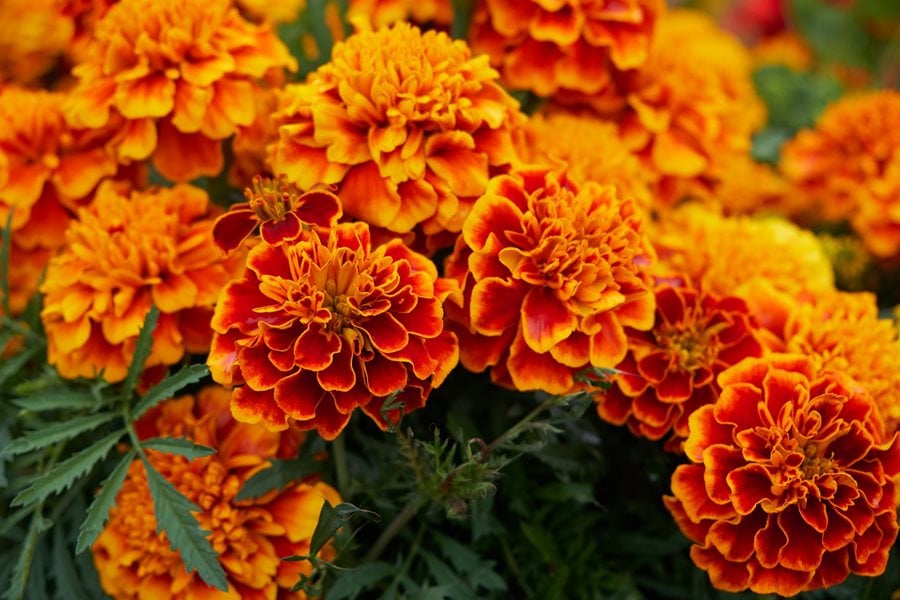
- Nasturtiums: Nasturtiums help to repel aphids, which are another common pest of cucumbers. They also help to attract pollinators.

- Sunflowers: Sunflowers help to attract pollinators, which will help to improve the pollination of your cucumbers. They also help to shade the soil, which can help to keep it cool and moist.

Q: What are some plants that should not be planted near cucumbers?
A: Some plants that should not be planted near cucumbers include:
- Tomatoes: Tomatoes and cucumbers are susceptible to the same pests and diseases, so planting them together can increase the risk of infection.

- Potatoes: Potatoes and cucumbers compete for the same nutrients, so planting them together can lead to nutrient deficiencies.

- Melons: Melons and cucumbers are both members of the Cucurbitaceae family, and they can cross-pollinate. This can result in cucumbers that have a bitter taste.

- Squash: Squash and cucumbers are both members of the Cucurbitaceae family, and they can compete for space and nutrients.
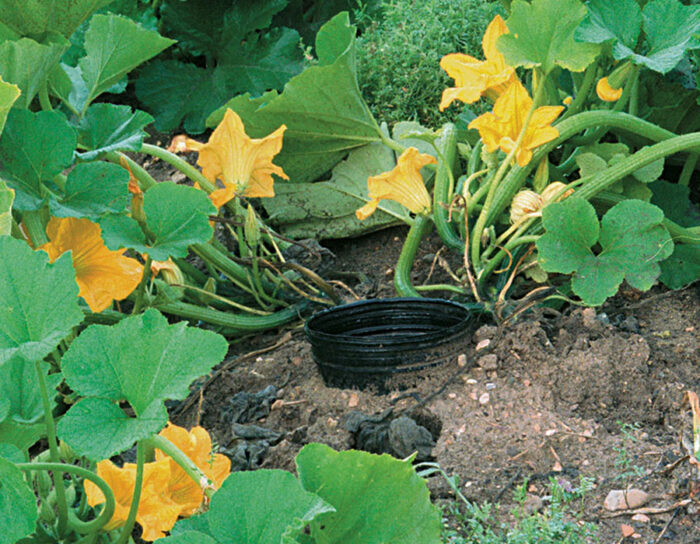
Q: How do companion plants benefit cucumbers?
A: Companion plants can benefit cucumbers in a number of ways, including:
- Reducing pests and diseases: Some companion plants, such as marigolds and nasturtiums, help to repel pests and diseases that can damage cucumbers.
- Attracting pollinators: Pollinators, such as bees and butterflies, are essential for the pollination of cucumbers. Companion plants that attract pollinators can help to improve the pollination of your cucumbers.
- Suppressing weeds: Some companion plants, such as nasturtiums and marigolds, help to suppress weeds, which can help to reduce competition for water and nutrients.
- Improving soil quality: Some companion plants, such as legumes, help to improve soil quality by fixing nitrogen in the soil.
Q: How far apart should cucumber companion plants be planted?
A: The distance that companion plants should be planted apart will vary depending on the specific plants involved. However, as a general rule of thumb, companion plants should be planted at least 12 inches apart.
Image of cucumber companion plants
- Dill: Dill is a great companion plant for cucumbers because it helps to repel pests like cucumber beetles. It also attracts beneficial insects like ladybugs and hoverflies, which help to control pests.

- Marigolds: Marigolds are another great companion plant for cucumbers. They help to repel nematodes, which are root-knot pests that can damage cucumber plants.

- Onions: Onions help to repel aphids, which are another common pest of cucumbers. They also help to improve the flavor of cucumbers.
- Pole beans: Pole beans help to shade the ground around cucumber plants, which helps to keep the soil cool and moist. They also help to attract beneficial insects like parasitic wasps, which help to control pests.
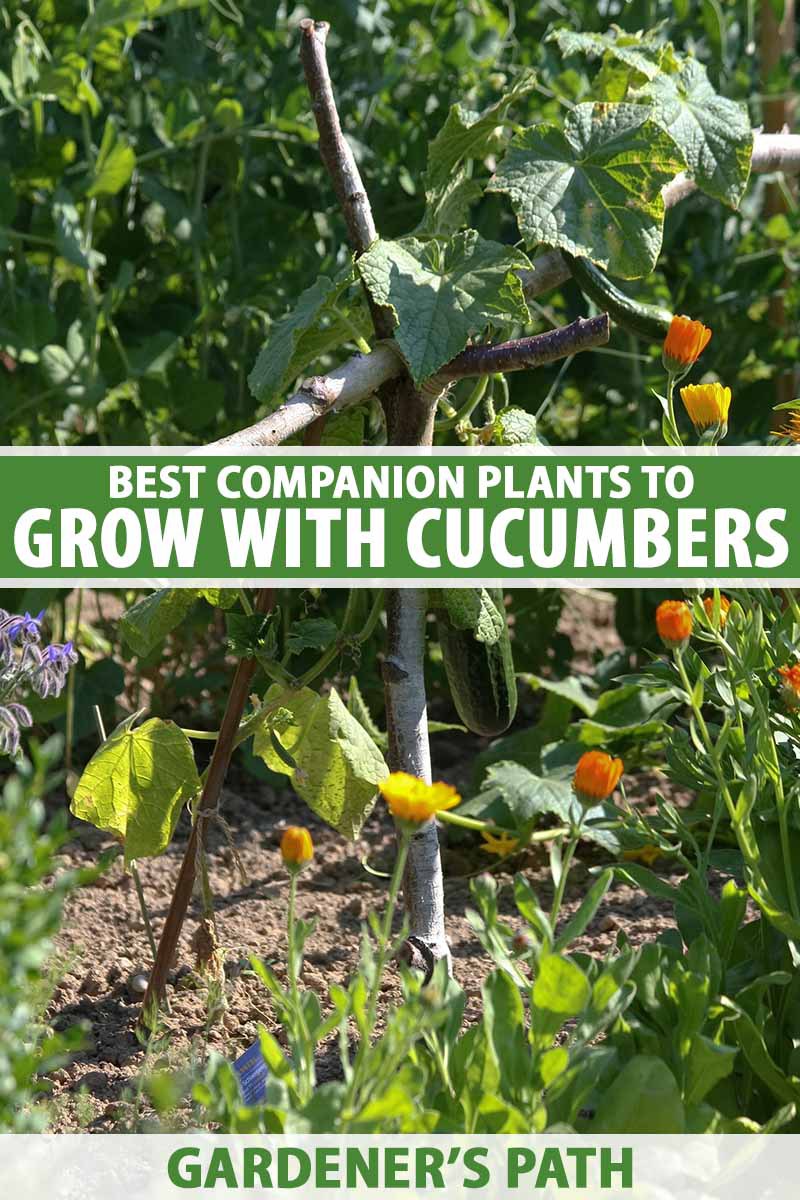
- Spinach: Spinach helps to suppress weeds, which can compete with cucumber plants for water and nutrients. It also helps to improve the flavor of cucumbers.
Post a Comment for "The Ultimate Guide To Cucumber Companion Planting"